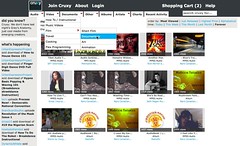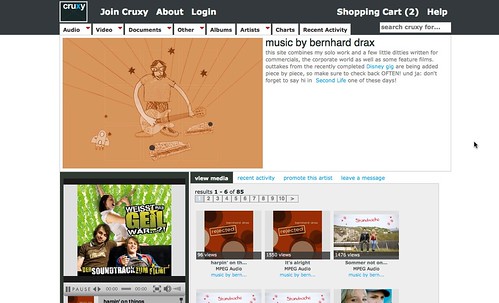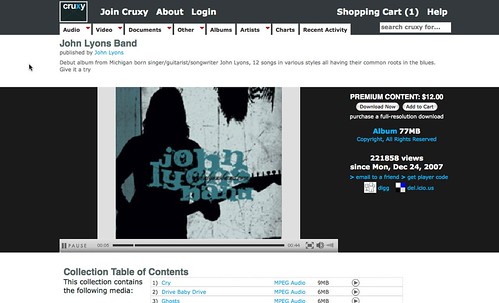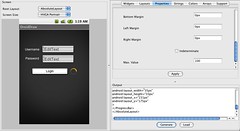One of my students at ITP is working on a mobile application for the Android platform that will be used under duress and in generally stressful conditions. These situations might include documenting children at a refugee camp, capturing medical information in a remote clinic, or identifying victims after a national disaster.
I’d like to use this post to build up a list of useful guidelines for building mobile application user interfaces that can be effectively used during these situations. More specifically, with the capabilities of modern smartphones (large screen, capacitive/multi-touch touch, accelerometer, compass, camera and so on), what more can an application provide than just dumb entry forms and checkboxes.
Here’s my start… please add your own in the comments!
- Applications must be INSTANTLY responsive. Not only is there no time to lose in these situations, but the patience of the user will be at an all time low. Any data lookup should be cached, paged or otherwise optimized.
- Common tasks should be “shortcutable”… perhaps the user should be allowed to define their own shortcuts.
- Any queries or searches should be auto-magically remembered and available via dropdown so that the same text doesn’t have to be remembered multiple times.
- All actionable buttons/icons should be large… at least 64×64.
- Lists of selectable, pre-populated options should always be used instead of freeform text entry to improve accuracy of data entry. If freeform is required, suggestions for existing matches of data should be provided.
- Any network transmission of data or remote access should be done in the background without interrupting the work at hand. Again, remember the user should be expected to have ZERO patience.
- All color palettes should be HIGH contrast – the lighting situations may not be good AND the device screen brightness will most likely be set to very low in order to maintain the best battery life
- If the camera is expected to be used for image capture, remember that a 3 or 5 megapixel image can be quite large. Determine the need for resolution quality of the documented image and downsize that at capture time. Otherwise, loading, saving, and transmitting the captured photo could take up a lot of processor time and battery life.
- Make sure your UI works in both portrait and landscape modes… you just want the app to work no matter which orientation the device is being held.
- GPS – if you can use geolocation data to make the life of the user easier by prepopulating data or automatically geotagging items, then do it! However, they may need to turn off GPS in order to save battery life, so make sure to gracefully degrade.
- Any persisted data should be stored on the external SDCard storage so that it can easily be removed, backed up, read on a PC, etc… the phone might die, but you should be able to pop out the card and put it into a SDCard reader for any device to read. This may mean that instead of using the SQLite database on the device, you instead use an XML, JSON or CSV format on the card.
- If you need to record audio notes, a bluetooth or wired headset should be used. The built-in mics aren’t very good on most devices out today.
- Swiping, multi-touch or other gestures can be very natural and intuitive UI control mechanisms if used properly. If your applications lends itself to these, make sure you work closely with users to make sure they work… they should be almost natural for a user to do (like swiping photos left and right in a photo gallery) as opposed to some complex secret handshake.
Any more? Please add your ideas in the comments below…



